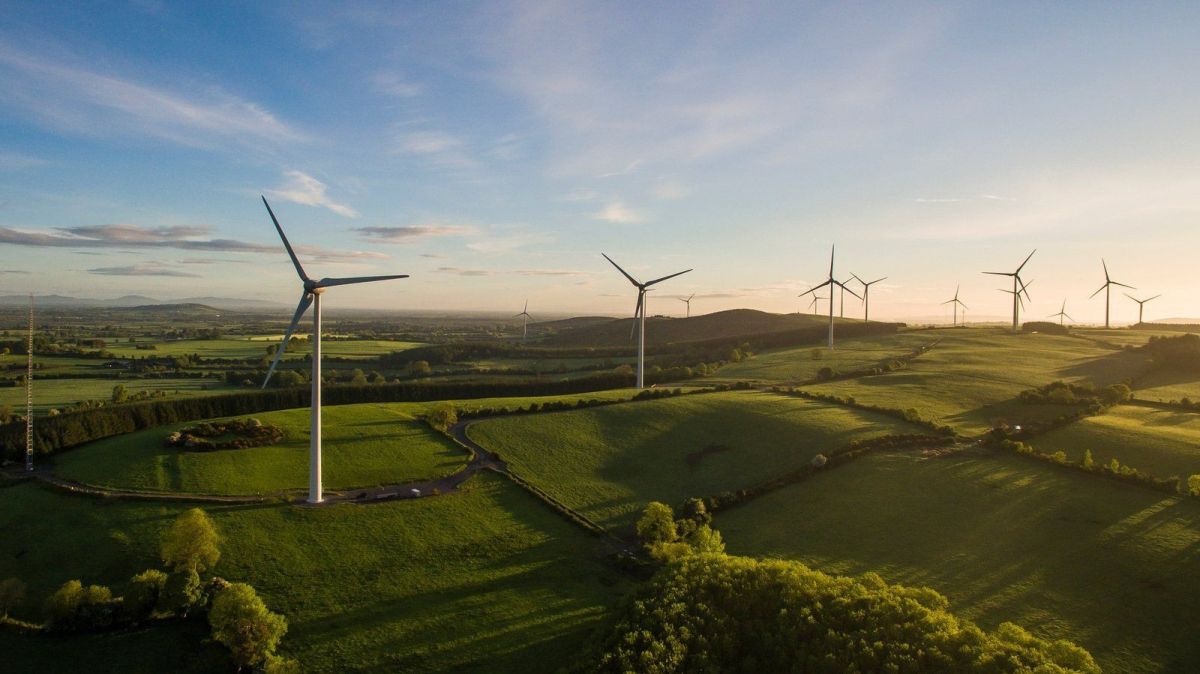Wind Energy Ireland reported that wind power supplied nearly a third of the island’s electricity last year, but its overall contribution fell by 3% compared to 2023.
In its annual report released on Friday, the organization attributed this drop to wind farms being forced offline because the electricity grid lacks the capacity to handle the supply.
The report also highlighted a steady increase in electricity prices, with the average wholesale price reaching €136.99 per megawatt-hour in December, up from €88.97 the previous year.
Wind Energy Ireland’s chief executive, Noel Cunniffe, described 2024 as “the worst on record” for wind power losses.
“Every time a wind turbine is shut down due to grid limitations, consumers face higher energy bills, and carbon emissions increase,” he said.
He emphasized the need to strengthen the electricity grid to support the growing volume of renewable energy and expand energy storage infrastructure to preserve excess power for future use.
The report noted that funding announced in Budget 2025 is expected to help reinforce Ireland’s grid infrastructure.
In 2024, wind farms supplied 32% of the island’s electricity, rising to 41% in December. Cork led the country in wind energy production, followed by Kerry, Galway, and, for the first time, Offaly.
Ireland now generates 5,000MW of onshore wind power, more than halfway toward its Climate Action Plan goal of 9,000MW by 2030.
Irish wind farms produced 13,258 GWh of electricity last year—equivalent to more than one-and-a-half times the total consumption of all residential customers.
The report’s figures are based on data from EirGrid’s Supervisory Control and Data Acquisition system, compiled by MullanGrid, with additional market data from ElectroRoute and county-level wind generation data from Green Collective.
Mr. Cunniffe concluded: “Irish people support the clean energy provided by wind farms. By expanding our renewable energy sector, we can build an energy-independent Ireland—one with warmer homes, cleaner air, and a stronger economy.”















